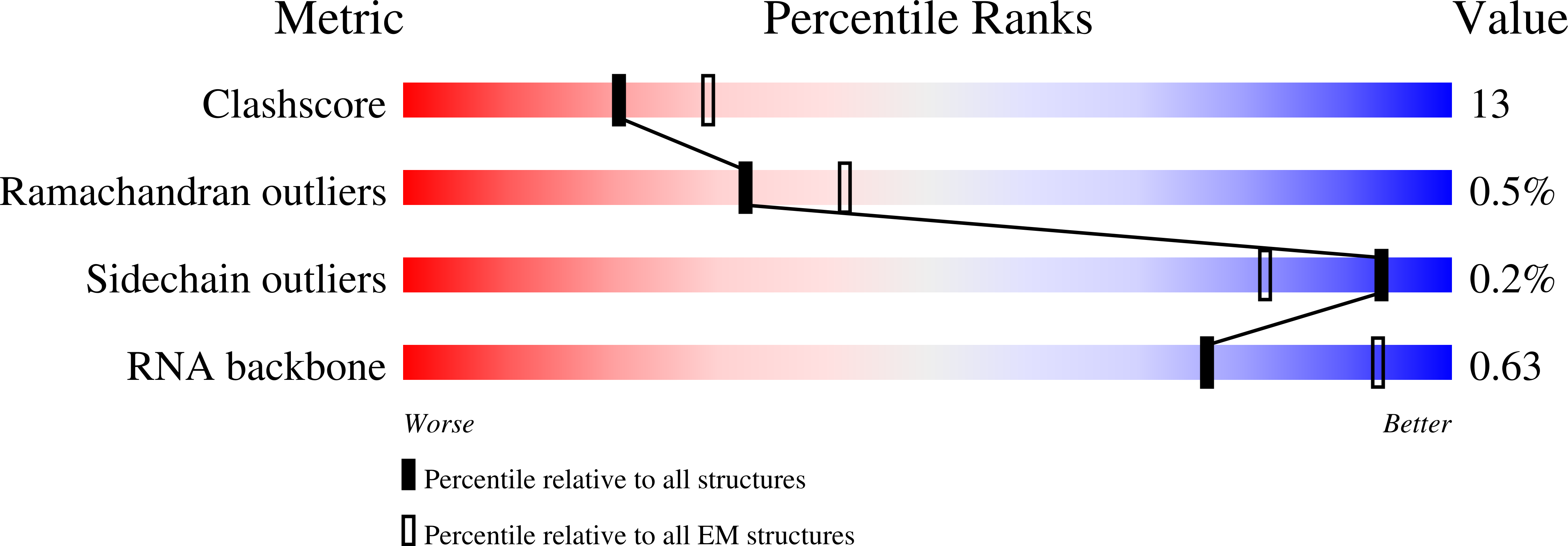
Deposition Date
2021-02-13
Release Date
2021-11-17
Last Version Date
2024-07-10
Entry Detail
PDB ID:
7NIQ
Keywords:
Title:
CryoEM structure of disease related M854K MDA5-dsRNA filament in complex with ADP-AlF4(Major class)
Biological Source:
Source Organism:
Mus musculus (Taxon ID: 10090)
Pseudomonas virus phi6 (Taxon ID: 10879)
Pseudomonas virus phi6 (Taxon ID: 10879)
Host Organism:
Method Details:
Experimental Method:
Resolution:
4.30 Å
Aggregation State:
FILAMENT
Reconstruction Method:
HELICAL


